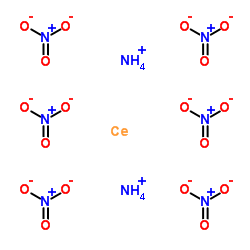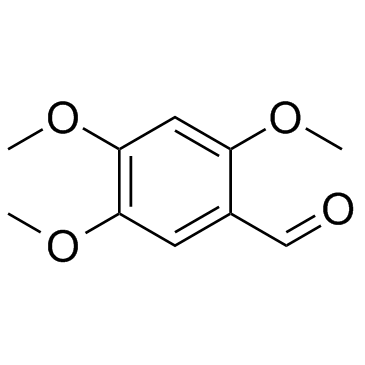| Structure | Name/CAS No. | Articles |
|---|---|---|
 |
ammonium cerium(iv) nitrate
CAS:16774-21-3 |
|
 |
2,4,5-Trimethoxybenzaldehyde
CAS:4460-86-0 |